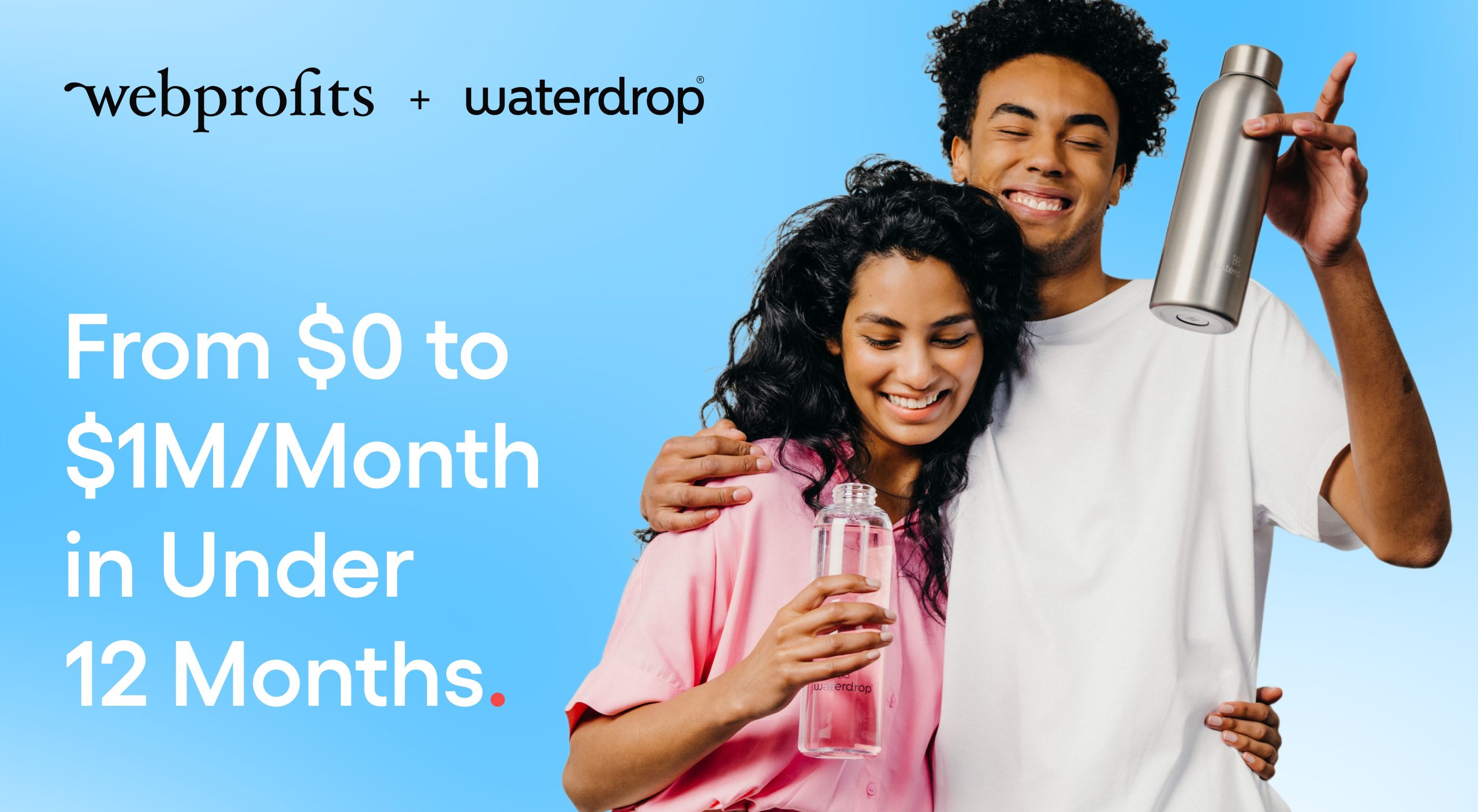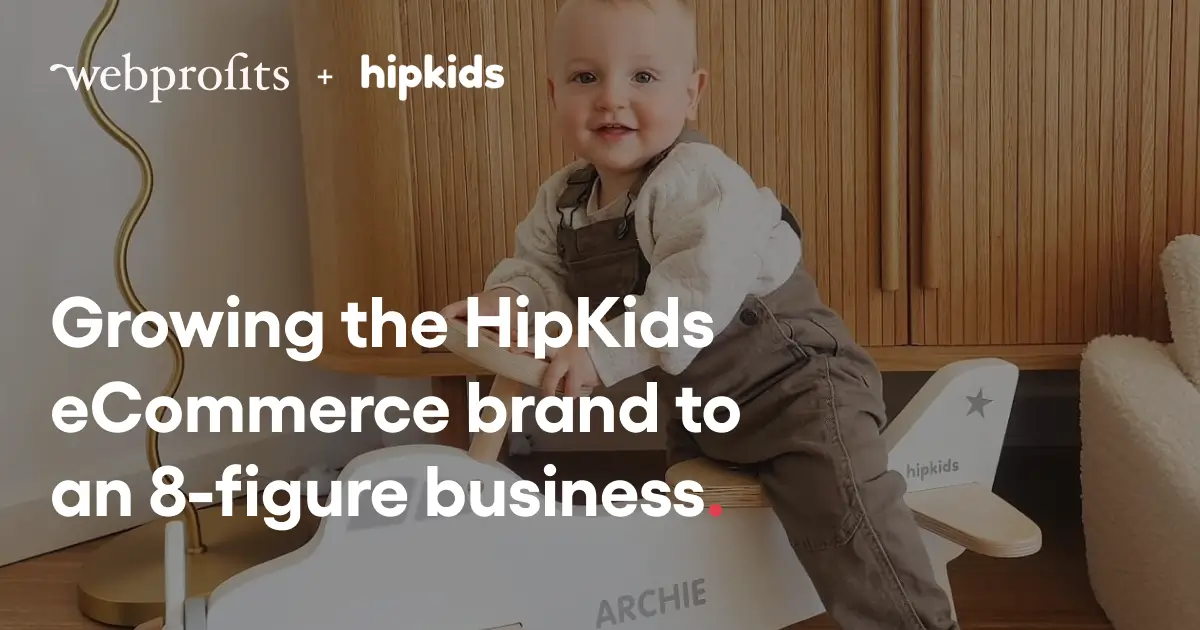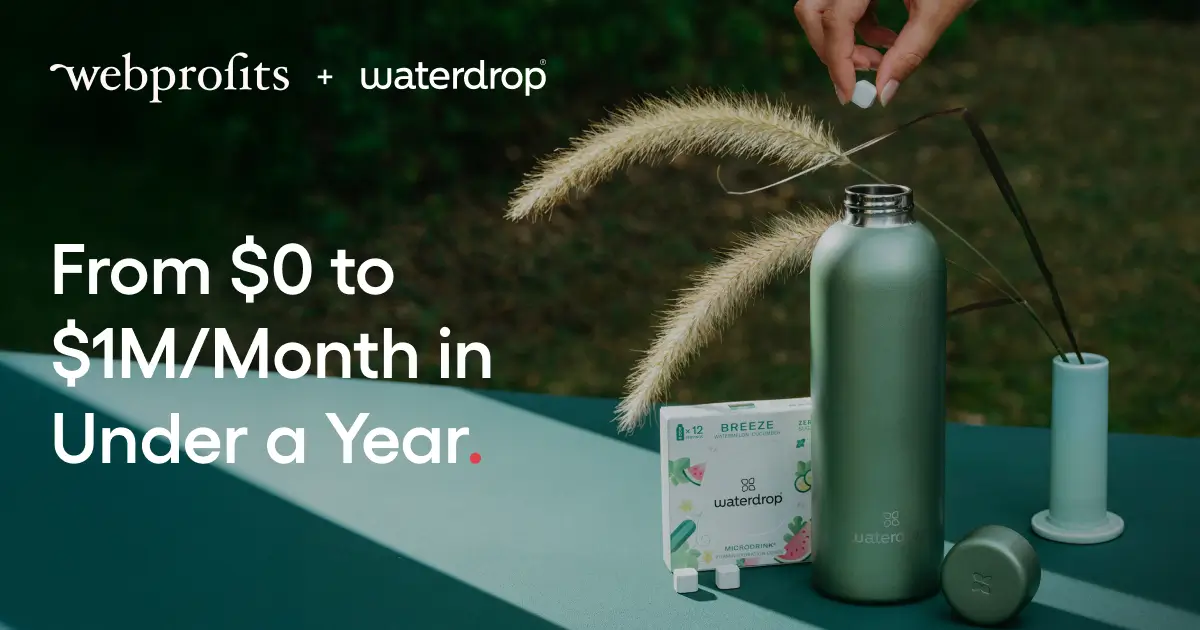Answer Engine Optimisation (AEO) FAQ

Written by: Jessica Grassick
Published:
18 Jun 2025
Welcome to the ultimate AEO FAQ – your go-to resource for understanding and implementing Answer Engine Optimisation (AEO) in a business context.
Dive into each question to get clear, actionable guidance on crafting content that ranks in AI-powered snippets, chat assistants and voice search.
Answer:
- Traditional SEO focuses on ranking your pages in the standard organic search listings by demonstrating authority through factors like quality backlinks, domain strength and on-page optimisation. Search engines use these signals to decide which sites deserve top positions for a given query.
- AEO focuses on capturing zero-click placements – featured snippets, summary cards and voice responses – by structuring content into clear question-and-answer pairs, using concise headings, bullet lists or tables, and applying the correct schema markup.
Answer:
- Zero-Click Trends: More searches end on the results page via AI snippets.
- Brand Authority: Owning the answer builds trust and positions you as a thought leader.
- Traffic Upside: Even without an immediate click, AEO impressions drive brand recall and downstream engagement.
Answer:
- Review customer feedback, support tickets and forums for real-world phrasing.
- Mine Google’s “People Also Ask.”
- Use tools like AnswerThePublic or AlsoAsked.com.
- Check which queries trigger snippets in Profound.ai or other AI tracking tools (or your SEO platform).
Answer:
- Introductory Summary (20–40 words in the first 50 words, bolded/highlighted).
- Question-Exact Headings (H2/H3 matching user queries).
- Concise Answer Blocks (short paragraphs, bullet lists or tables).
- Mini-FAQs (H4 follow-ups under each section).
- Key Takeaways box at the end.
Answer:
- Lists for steps or reasons.
- Definition lists (
<dl>) for term explanations. - Tables for side-by-side comparisons.
- Short paragraphs for nuanced detail.
Answer:Use JSON-LD to add:
- FAQPage for multiple Q&A pairs.
- QAPage for single questions.
- HowTo for step-by-step tutorials.Ensure your markup exactly matches the visible on-page text.
Answer:20–40 words – self-contained so that, even if extracted alone, it fully answers the query. Place it within the first 50 words of the section.
Answer:
Professional yet conversational: clear, jargon-free language that conveys authority. Write as though you’re directly answering the person’s question.
Answer:
- Keep responses under 30 words.
- Use simple, natural sentences.
- Read answers aloud to test flow.
- Add phoneme markup for niche terms if supported.
Answer:
- Track snippet placements (Profound.ai, SEMrush, Ahrefs).
- Compare impressions vs CTR to identify optimisation needs.
- Monitor on-page engagement (time on page, scroll depth, conversions).
Answer:
- Answers that exceed ~60 words.
- Schema that doesn’t match on-page text.
- Ignoring follow-up questions – capture them in mini-FAQs.
- Over-optimising headings with unnatural keyword stuffing.
Answer:
- When you have steady snippet impressions but low CTR.
- During major page redesigns – test summary placement or CTAs.
- After launching new question clusters – compare formats.
Answer:
- Draft concise answers and question ideas, then refine for accuracy and brand voice.
- Support real-time content updates as AI systems prioritise fresh data.
- Integrate multimedia (video clips, charts) into your answer formats.
Answer:
- Audit existing top-performers – add question headings, summaries, schema.
- Maintain a living question inventory with volumes and priorities.
- Schedule AEO updates in your content calendar.
- Review quarterly refresh answers, update schema, capture new queries.




